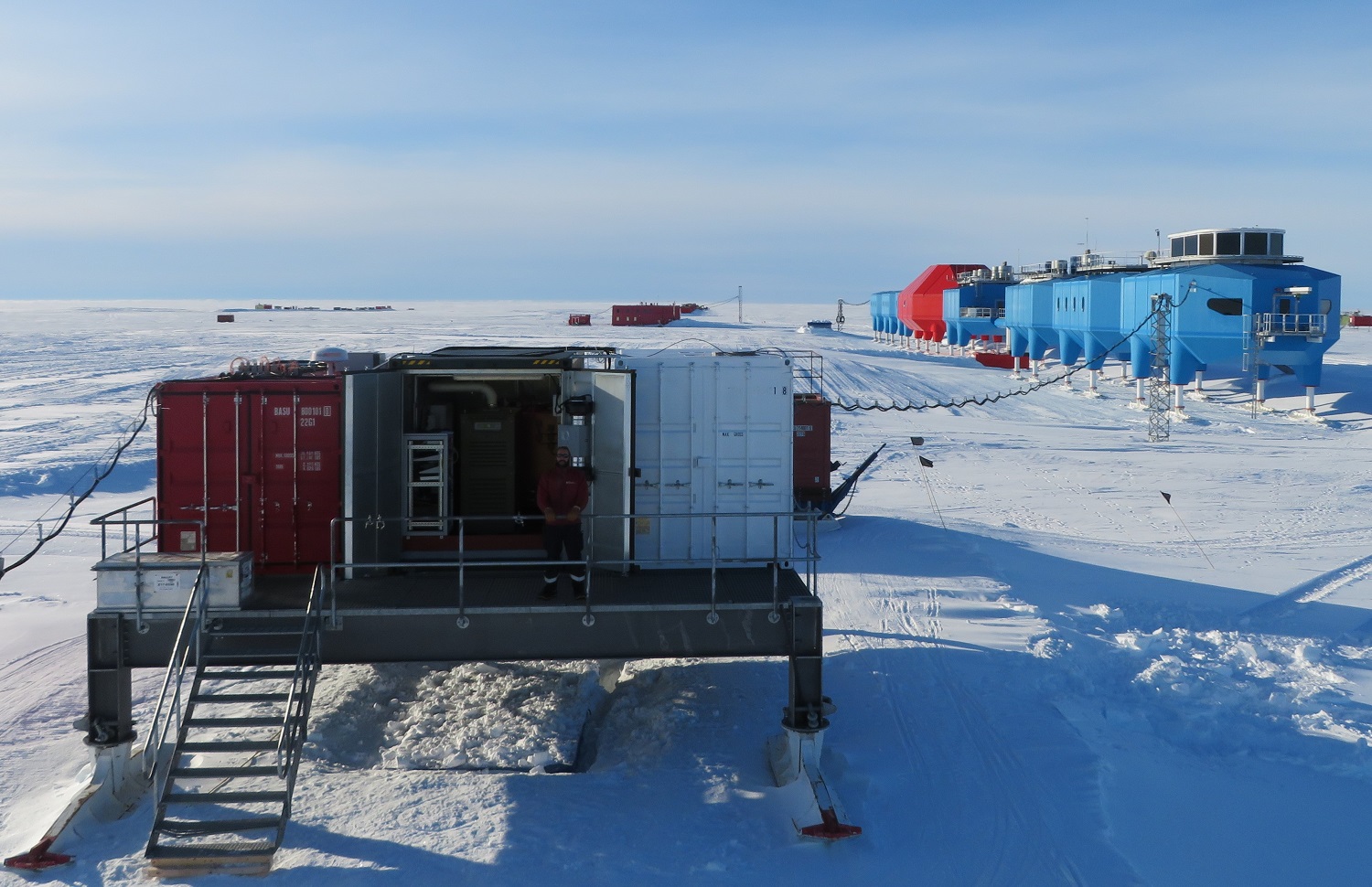Halley Research Station closes for 2019 Antarctic winter
British Antarctic Survey (BAS) Halley VI Research Station has closed for the 2019 Antarctic winter after a successful summer field season. It will re-open again in November this year.
The station, which normally operates year round, was first closed for safety reasons during the 2017 Antarctic winter. BAS will not over-winter at the station until it can be established that the Brunt Ice Shelf, on which it sits, is once again safe for year-round operation and occupation.
The latest data from BAS’s network of sensors on the ice shelf, combined with information from satellite imagery, show that glaciological conditions on the Brunt Ice Shelf remain unpredictable.

Over the 2018/19 Antarctic summer, as part of the multi-year Halley Automation Project, BAS installed a micro-turbine power generation and remote monitoring system, that provides power to a suite of autonomous science experiments that are at the core of Halley’s research goals. This prototype faces a tough challenge if it is to run through more than eight months of darkness, extreme cold, high winds and blowing snow. However, for the present the instruments it supports are delivering important data back to UK. These include weather and climate, ozone and space weather data, that contribute to several international monitoring and prediction programmes.

Director of Science BAS Professor David Vaughan says:
“We have had a successful summer field season at Halley, resuming scientific experiments and setting up our prototype automated power generation system. The station is proving to be capable of withstanding the harsh Antarctic winter without anyone living or working there.
The changes to the ice shelf reminds us of the power of nature. I’m pleased that our engineering teams have come up with solutions to continue to run our experiments and data collection year round. The prototype is an extraordinary and exciting piece of development which, once tested, may have applications in similar extreme environments.”
Halley VI Research Station is an internationally important platform for global Earth, atmospheric and space weather observation in a climate-sensitive zone. In 2013, the station attained the World Meteorological Organization (WMO) Global Atmosphere Watch (GAW) Global Station status, becoming the 29th in the world and 3rd in Antarctica.
In March 2017, Halley VI Station was successfully relocated 23 km upstream of the previously dormant ice chasm. This is a secure location for it.